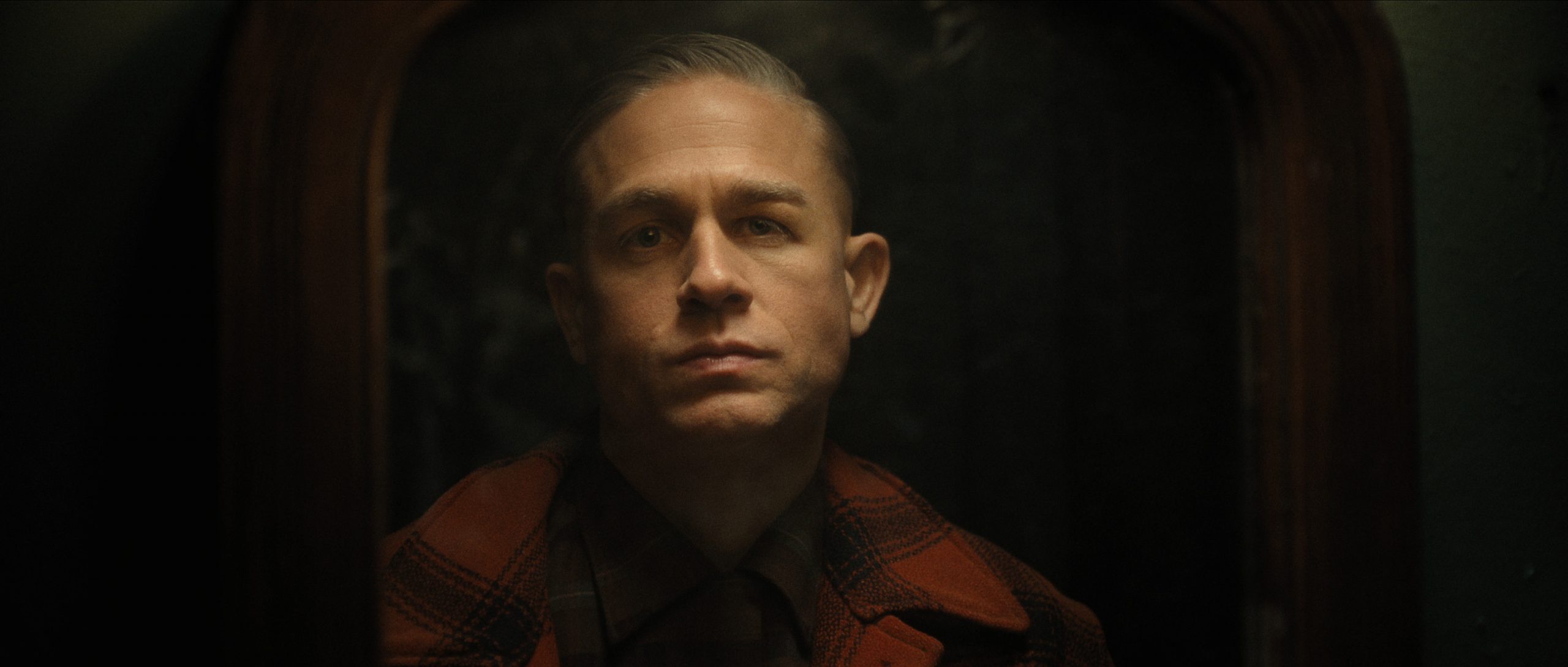Ryan Murphy’s latest crime series Monster: The Ed Gein Story, out on Netflix Oct. 3, is based on the infamous serial killer Ed Gein, who terrorized women in his hometown of Plainfield, Wisconsin, in the 1950s.
It is not the first time that Gein has been the subject of a Hollywood production. Psycho (1960), The Texas Chain Saw Massacre (1974), and The Silence of the Lambs (1991) all draw on Gein’s story. Other killers that have inspired Murphy’s previous Monster installments include Jeffrey Dahmer and the Menendez brothers.
[time-brightcove not-tgx=”true”]
Here’s what to know about the murderer who inspired Murphy’s latest Netflix series.
Troubled upbringing
A 1957 TIME magazine story delves into Gein’s peculiar childhood, spent growing up in a farmhouse without electricity and plumbing in Plainfield, Wisc. His mother trained him to hate women. During rainstorms, she would read to her children the story of Noah’s Ark in the Bible, predicting that there would be another flood that would wash out women’s sins.
Due to her influence, Gein avoided going on dates with women, preferring to spend his time poring over anatomy books. He was devastated by his mother’s death in 1945.
Grave-robbing
In 1957, Gein, 51, was at the center of what TIME called “one of the century’s most gruesome criminal cases,” for the murder of a sales clerk named Bernice Worden. At the same time, Gein also admitted to killing Mary Hogan, a divorced tavern-keeper who had disappeared three years prior. TIME described the scene police found at Gein’s farmhouse:
“[P]olice found a chamber of horrors. Bernice Worden’s body was strung up by the heels in a summer kitchen. It had been eviscerated and dressed out like a deer. Her severed head was in a cardboard box, her heart in a plastic bag on the stove. Around the house the police also found: ten skins of human heads, neatly separated from the skull; assorted pieces of human skin, some between the pages of magazines, some made into small belts, some used to upholster chair seats (the largest piece, rolled up on the floor, was the front upper section of a woman’s torso); a box of noses.”
TIME, 1957
Gein tracked the obituary section of the newspaper so he knew where to look for freshly buried bodies in the local cemetery. He robbed graves—including the one next to his mother’s—for pieces of human remains, like the head. One time, he took an entire female corpse. Gein was not a cannibal or necrophiliac, but “preserved the remains just to look at,” according to TIME.
Gein claimed that he was in a daze when he killed people and robbed graves. He was later diagnosed with schizophrenia. Psychiatrists at the time believed that he was cutting up women who reminded him of his deceased mother and preserving parts of them both “to bring her back to life and have her with him always, and to destroy her as the cause of his frustration,” according to TIME.
Because of his mental illness, Gein pled not guilty to the two killings, citing insanity. He remained confined to psychiatric hospitals until his death in 1984 at the age 77.

